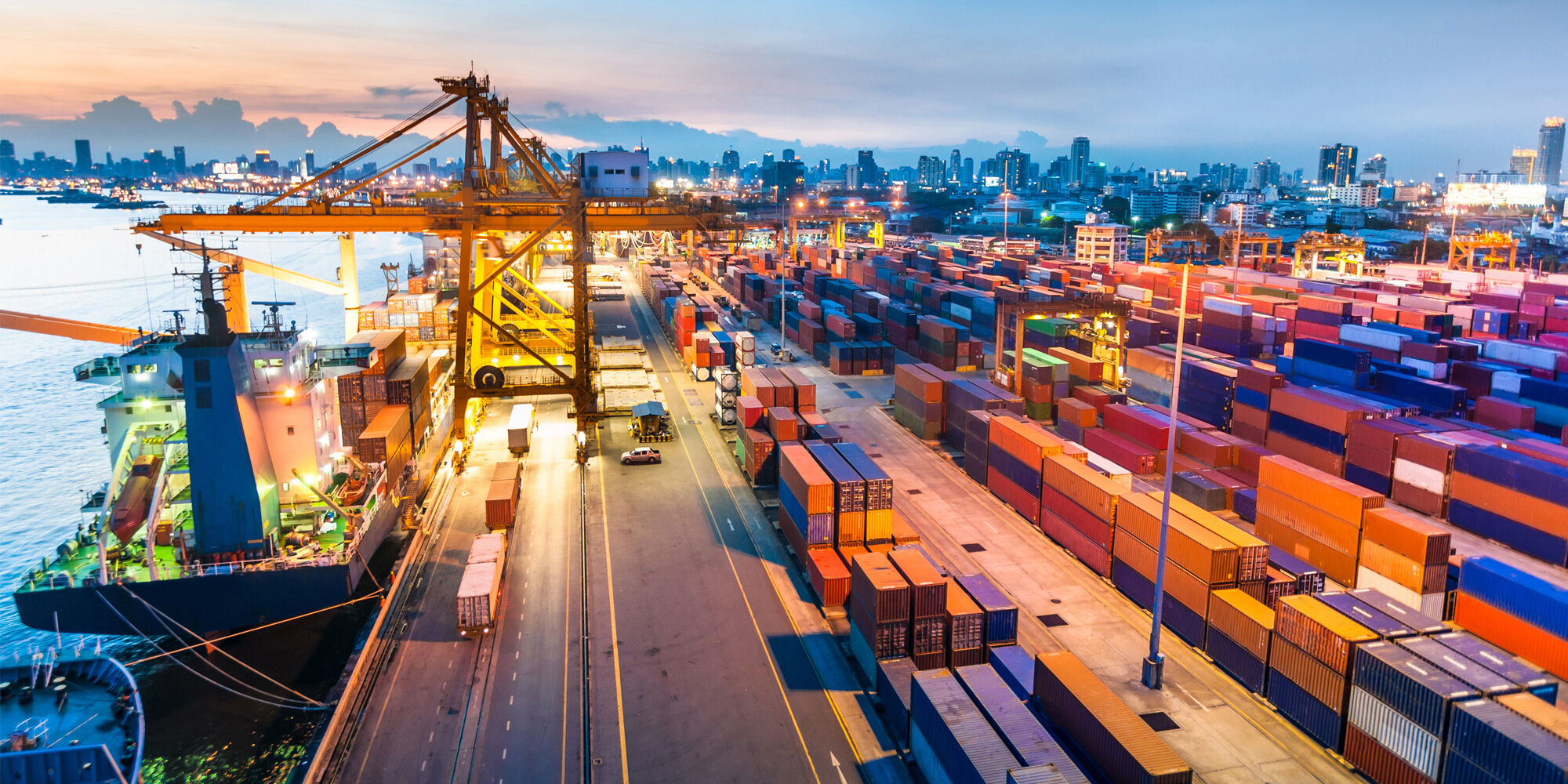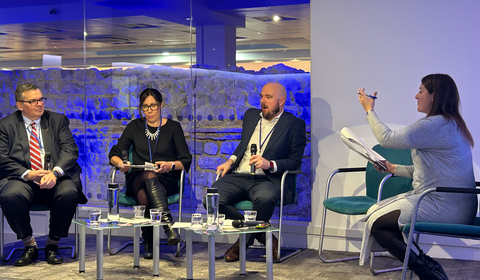
The insurance restoration industry may face significant challenges due to external factors such as labor shortages and potential tariffs on materials, both of which can disrupt job cycle times and pricing. As contractors and insurance carriers rely on standardized pricing platforms, these disruptions in supply and pricing could lead to higher costs, extended timelines, and more complex claims management, which may challenge the accuracy and responsiveness of these tools in keeping pace with the changes.
Labor shortages due to enforcement of immigration policies
The restoration industry is highly dependent on a diverse, skilled labor force, including migrant workers who play a vital role in construction and repair. Stricter immigration enforcement could intensify labor shortages, particularly during high-demand periods such as catastrophes or large storm events. Contractors may struggle to find qualified workers, leading to extended job cycles and higher labor costs.
This situation could place strain on pricing tools, which may not immediately reflect fluctuations in labor costs. As a result, contractors and insurance carriers might face challenges in managing claims and timelines, potentially leading to delays in settlements and extended project durations. Similar disruptions were observed during the pandemic, when labor shortages impacted both cost structures and project schedules.
Tariffs on materials: material price increases and supply chain delays
Tariffs on materials imported from countries like Canada, Mexico and China could also have a significant impact on the restoration industry. As highlighted in a recent Verisk report, the U.S. construction industry is heavily dependent on materials imported from these countries and tariffs could result in substantial price increases across key construction products. For example, marble and granite, critical materials in many restoration projects, see 90% of their market supply coming from foreign sources, with Canada supplying 34.7%. A tariff on these imports would directly raise the cost of materials like countertops (Verisk, 2025).
Likewise, materials such as floor coverings (e.g., carpets, vinyl and wood products) face substantial import reliance, particularly from China, which contributes 21.07% of the market. Price increases in these materials could impact overall restoration costs, especially since these products are essential to many construction and repair projects (Verisk, 2025).
In addition to price hikes, tariffs often lead to delays in material shipments, further stretching job timelines. These delays are especially disruptive in urgent restoration work, where timely repairs are crucial for customer satisfaction and efficient claims processing.
Positioned for flexibility and accuracy in pricing
Pricing changes and labor impacts are not new to our industry; they happen frequently, whether due to catastrophes, pandemics or economic shifts. Contractor Connection is strategically positioned to quickly adapt and ensure accurate estimates for our clients. We have long-standing relationships with key pricing platforms, allowing us to engage in two-way communication about what we're seeing in the market and how their pricing tools are evolving in response.
Our estimate review process and ecosystem are built to ensure that clients receive the most accurate estimates, even in times of uncertainty. We diligently review contractor estimates for quality, making sure the proper pricing is applied within guidelines and work to ensure claims reflect true market value. This ensures that our clients receive the most current and accurate indemnity payments, regardless of market fluctuations.
In summary
As labor shortages and material price increases due to tariffs continue to evolve, the insurance restoration industry must contend with a more unpredictable and complex landscape. Contractor Connection’s proactive approach, strong pricing platform relationships and proven adaptability ensure we remain the industry’s leading claims management solution, even amongst disruptions.



